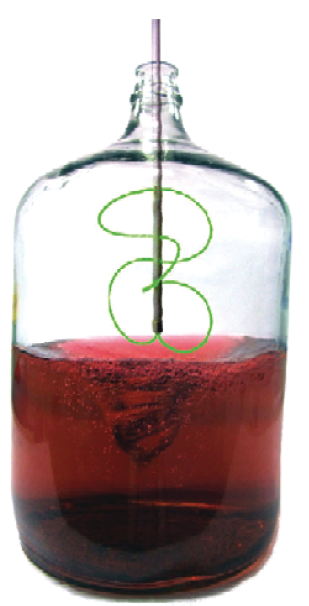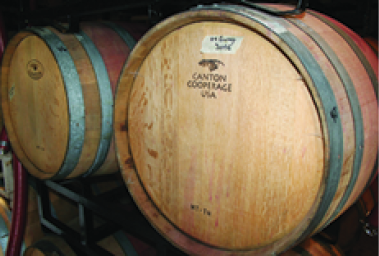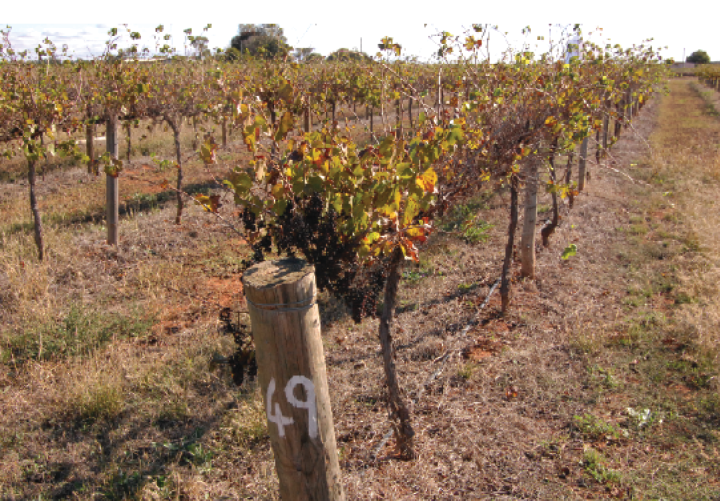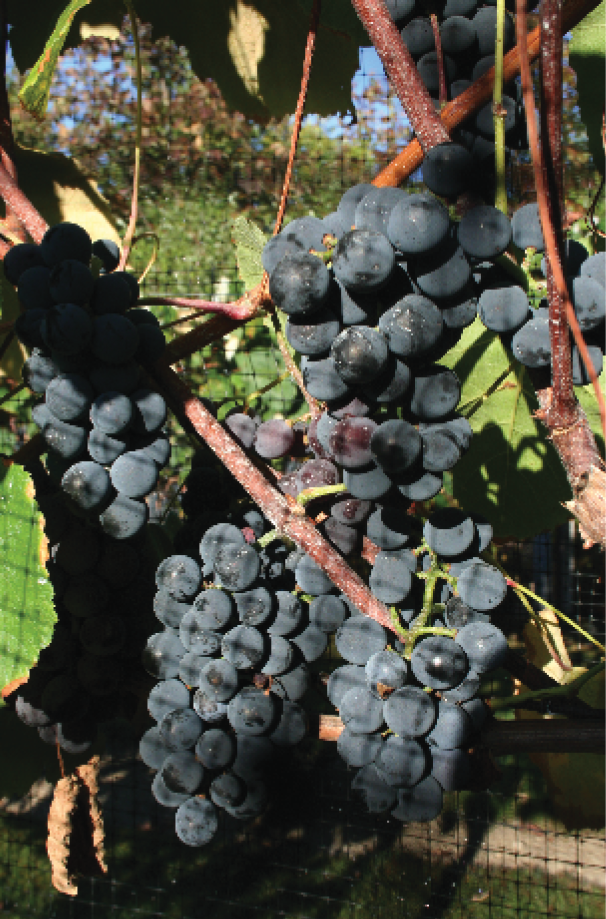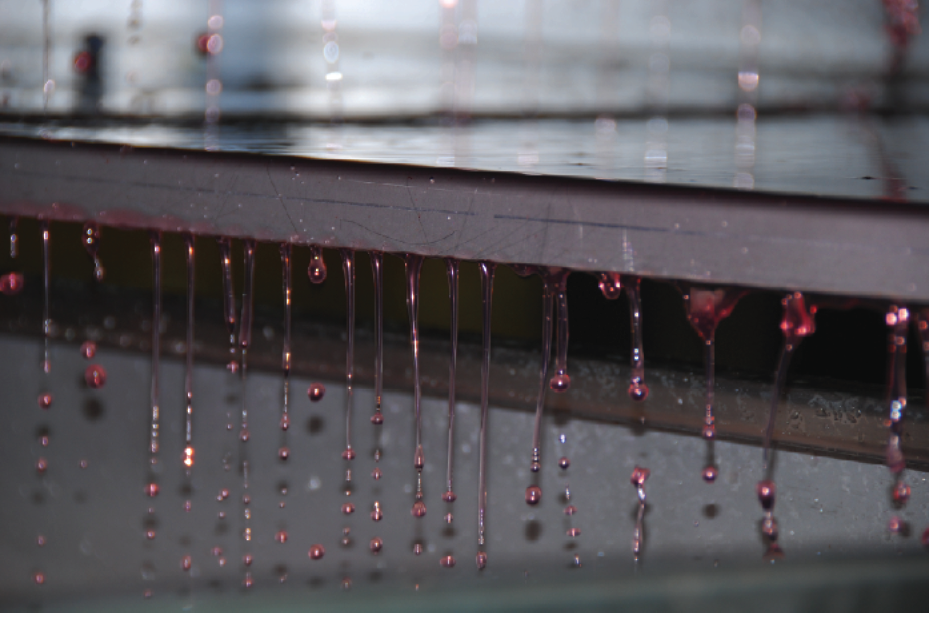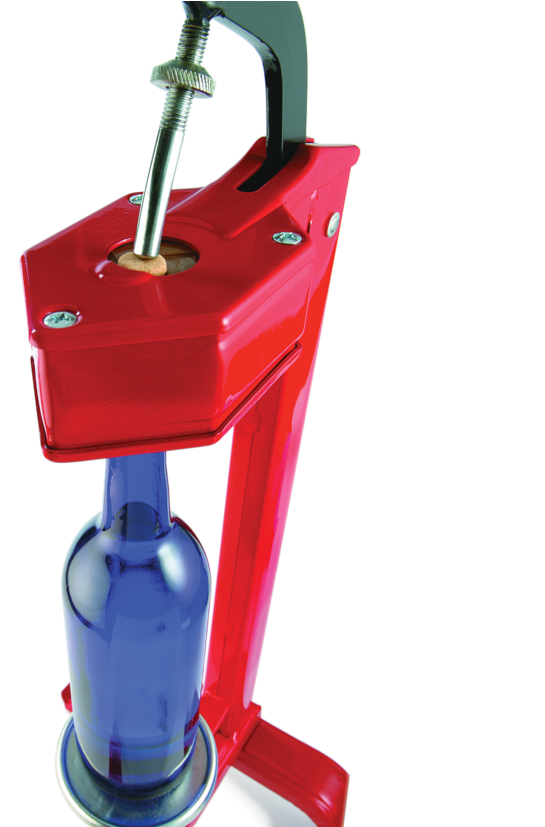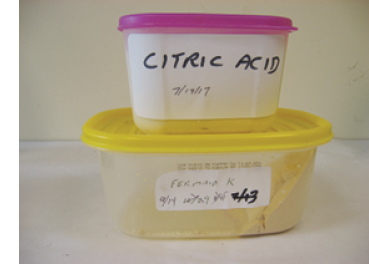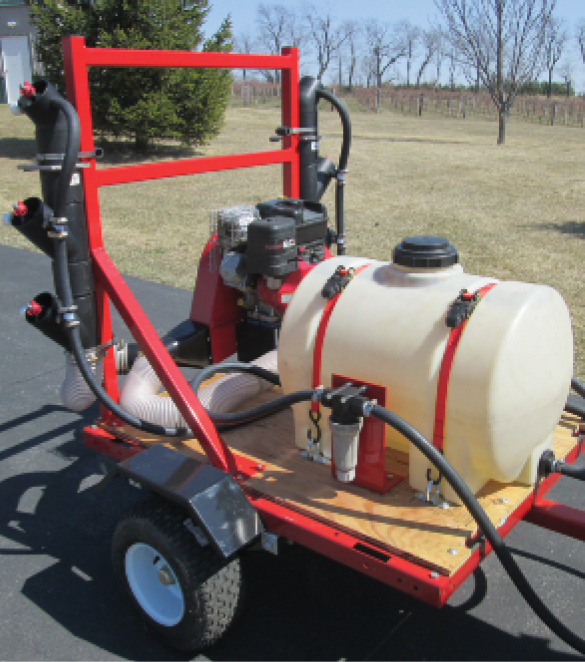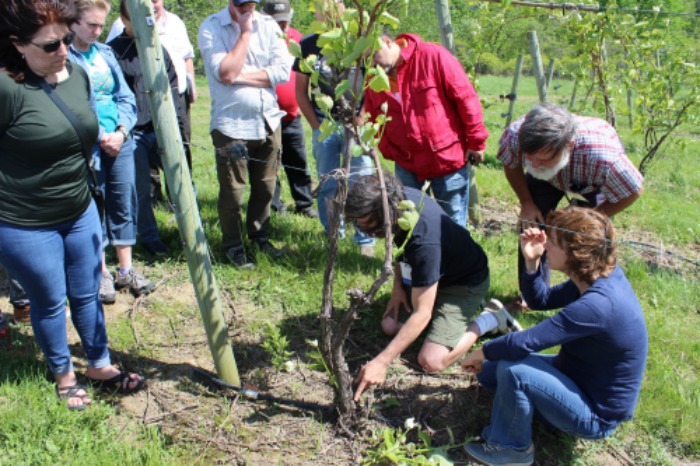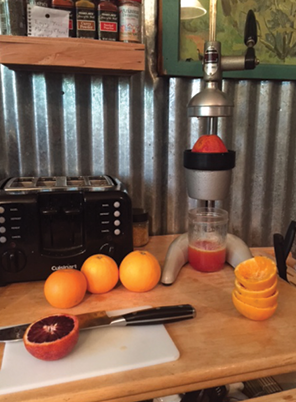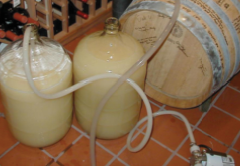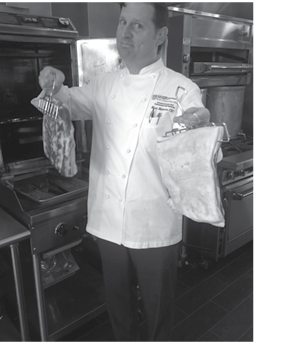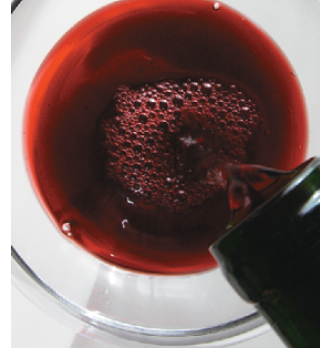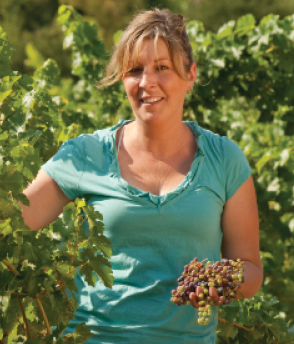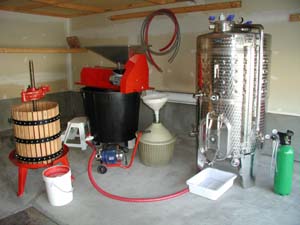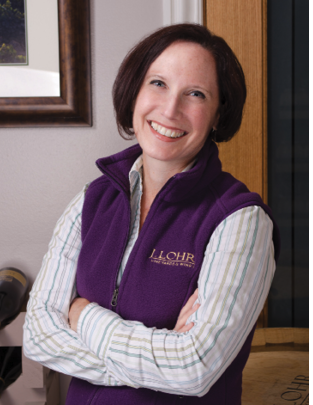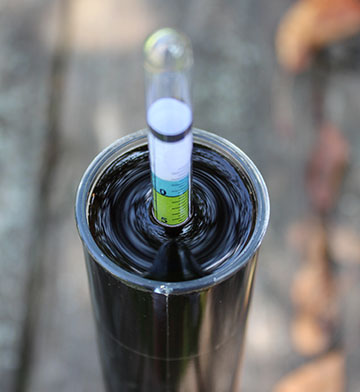Techniques
Fermenting & Degassing Wine Kits
In this article I’m going to go into detail on the reasons behind two of the four most confusing concepts in kit winemaking: 1) Temperature, and why higher is better, and 2)
Bulk Wine Aging
There is more to cellaring bulk wine than meets the eye. Throughout the aging process, the winemaker is on a tightrope walk between intervening to prevent and correct problems while remaining relaxed enough to let good wine evolve naturally.
Drought Strategies for Grape Growing
Here is one truism of farming: Being prepared is always preferable to trying to fix an unexpected problem. Understanding the water needs of a grapevine is an important step to using as
Native American Grape Varietals
Botanists tell us that grapes are members of the genus Vitis, and the well-known European grape varieties are members of the species vinifera. (In case you’ve forgotten, a species is one rung lower in
Rosé Techniques Roundtable
Asking a winemaker if they make rosé should be like asking a winemaker if they drink beer. The two beverages, pink wine and a tasty lager, belong in any cellar and in
Making Varietal Honey Mead
Honey is a complex mixture of sugars, flavors from the pollen as well as trace enzymes, minerals, vitamins, and amino acids. The majority of the honey found in grocery stores is Wildflower
Bottling Your Wine
As renowned French wine scientist Emile Peynaud wrote, “Bottling is a very stressful operation for a wine and the enological problems it causes are numerous: Considerable oxygen uptake, keeping out microorganisms and
Tomato, Jalapeño, Dandelion Wines: Tips from the Pros
Looking to try something new? You can make unique and wonderful wines from plants found in your garden or even growing wild in your backyard. Winemaker and Owner of TSJ Wine Blenders
Storing Wine Ingredients
Make wine at home for a few years and you will probably accumulate a lot of stuff. Pieces of equipment join the collection as the needs and resources come up. Consumable supplies
Build a Backyard Vineyard Sprayer
Parts and equipment list Trailer: Small utility trailer kit ¾-inch treated plywood decking (2) wide turf tires Spray system: 35-gallon (132-L) poly tank (2) bulkhead fittings PTO (power take off) roller pump
Zinfandel Wine Case Study
You’ve heard over and over the importance of taking notes during winemaking. But what do you do with those findings? Follow along with the process of a professional winemaker to find out.
Starting a Winemaking Club
So you truly enjoy making your own wine. You’ve been making wine for years, or maybe have just made a couple of wine kits. What’s next? Where might you learn more or
Making Apple Wine: Tips from the Pros
When life gives you apples … Get tips on making various apple wine styles from the winemakers at Door Peninsula Winery (who makes sweet and a dry, barrel-aged version), Brookview Station Winery
Balancing Fruit and Sugar in Country Wines
Bob Peak digs into how much sugar is needed to get the desired alcohol level, and how much fruit is needed to offer a pleasing profile and aroma, flavor, and appearance when making country wines.
Troubleshooting Home Vineyards: Tips from the Pros
To make the best wine, you need the best grapes. And that requires a lot of work in your hobby vineyard. Get tips on what to look for and when to look
Choosing and Using a Wine Pump
Many a home winery gets by just fine with no pump at all. If your hobby grows, though, you may find that many routine tasks are made simpler with the help of
Pairing Wine and Food: Tips from the Pros
There are many views on how to properly pair your wine and food for the most enjoyable dining experience. Three experts illustrate this while offering advice. Chef: Mark Molinaro, Northern Arizona University
Split Batch Wine Kit Experiments
When we tackle a big project it isn’t the immediate effort that pays off, but all of our work combined into one glorious enterprise. It’s the same with winemaking: A single effort
Oxygen Reduction in Winemaking
Oxidation gets a lot of attention in winemaking — and it should! WineMaker magazine has covered oxidation issues from several different angles over the past few years. While some presence of oxygen
Wine Blending: Tips from the Pros
Varietal wines are great, but there is only so much that can be done when working with a single grape variety. To create a truly complex wine, try blending multiple varieties that
Kit Winemaking Q&A
Here are some of the best wine kit-related questions we’ve received from readers. Now, on to the questions! QUESTION: A kit I received as a gift instructs me to start fermentation at
Small Space Winemaking Techniques
In large wineries, functional spaces are usually separated. There may be a crush pad, one or more fermentation rooms, and a cellar or cave for barrel aging. Most of us at home
Pesticides in the Vineyard: Tips from the Pros
Growing grapes is a lot of work. In addition to wildlife, many varieties are susceptible to disease that, if unprotected against, can claim your vines very quickly. Two pros from different regions
Crafting Chardonnay: Tips from the Pros
There are many different techniques and styles to choose from when it comes to Chardonnay. Do you want a buttery, barrel-aged Chardonnay or a crisp, acidic one? When weighing your options, use
Restart Stuck Fermentations
All home winemakers wish — and strive — for fermentations that go smoothly and completely to the desired finish, usually dry wine. When things go wrong, a frequent problem is a stuck
